Bao Thanh Thien's funeral had 21 coffins, the burial date went in 7 different directions, why?
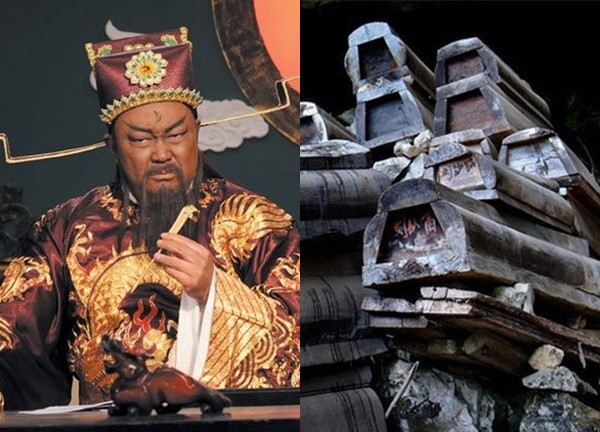
3 | 0 Discuss | Share
Empress Dowager Cixi, one of the three most powerful women in Chinese feudal history, loved to be photographed and served 120 dishes per meal. Her favorite pets also receive special care.
Although more than a century has passed since her death, Empress Dowager Cixi still causes many controversies in China.
Known as the "old Buddha", Empress Dowager Cixi ruled the Qing Dynasty for nearly five decades.
She was one of the three women considered the most powerful in Chinese feudal history, along with Wu Zetian of the Tang Dynasty and Lü Hau of the Han Dynasty.
Born on November 29, 1835, she became a concubine of Emperor Thanh Van Tong Ham Phong in 1851, after a selection of talented women. In 1856, she gave birth to a son, who later became Emperor Tongzhi.
She continued to live a royal life amid many challenges surrounding China, threatening the existence of the Qing Dynasty.
Historians both inside and outside China have spent a lot of effort evaluating the merits and crimes of Empress Dowager Cixi. Some scholars believe that she was a cruel, despotic woman who was responsible for the end of the Qing Dynasty. Others praised the changes and reforms she brought to China.
However, in the period after consolidating power at the court, she was a supporter of the "self-reliance" movement launched by a number of intellectuals with extensive military and economic reforms, helping bring China has transformed from a backward feudal society into a more modern country on the international stage.
So, what was Cixi's luxurious life like behind the four walls of the Forbidden City?
Cixi's dog has its own servant
Keeping dogs as pets is a popular hobby in the royal palace. According to the book Imperial Incense by Der Ling, the daughter of a Manchu nobleman and one of Cixi's maids, the empress dowager had more than 20 dogs and especially loved one of the Pekingese breed (also known as the Pekingese). is a lion dog).
Instead of keeping them in cages, Cixi let the dogs live in a house made of bamboo with four eunuchs on duty to take care of them.
She also ordered a lot of clothes to be sewn for her pets every year. The clothes are made from satin fabric and embroidered with chrysanthemums and begonia flowers with yellow silk thread.
Empress Dowager Cixi is a person who knows how to dress
The Qing Dynasty empress dowager was known to love dressing up and also loved being photographed. The Palace Museum in Beijing currently holds more than 100 photos of Cixi in more than 30 different outfits.
According to SCMP, her silk clothes were embellished with premium pearls, and the queen mother wore a lot of jewelry, jade brooches, and gold brooches in her hair.
Preparing her hair takes a lot of time. A set of hairdressing tools used in the palace usually has 25 items to style the hair of Cixi as well as the concubines.
Empress Dowager Cixi has her own railway to move around the palace
To win Cixi's support in developing the railway system, Li Hongzhang, a reform-minded minister, proposed building a special railway in Xiyuan, the garden in the west of Zixi. Cam Thanh.
Tay Uyen has Beihai Lake and Zhongnanhai Lake, where Cixi often lived after 1888.
Construction of the first imperial railway in China began in 1886 and was completed in 1888. The line was 1,510 m long, starting near Yiwan Palace, Cixi's residence in Zhongnanhai, and running to Tinh Tam Trai in Bac Hai, where the queen mother ate and drank.
The route has a stop in the middle right at Tu Quang Cac, so it is named "Tu Quang Cac railway".
To highlight the empress dowager's authority, the train carriages were decorated with curtains of different colors: yellow representing Cixi and emperor Guangxu, red for the remaining members of the imperial family and blue for mandarins.
Unfortunately, this railway was destroyed by a coalition of eight countries in 1900.
Each meal of Empress Dowager Cixi has 120 dishes
Besides Ngu Thien Room serving the emperor's concubines, Cixi had a private kitchen built inside the Forbidden City, called "Western Kitchen". This kitchen is divided into 5 rooms specializing in 5 types of dishes: meat dishes, vegetarian dishes, rice - noodle - dumpling dishes, snacks and cakes.
The team at Bep Tay can make more than 400 types of cakes and 4,000 dishes, including rare dishes such as bird's nest, fish fin and bear paw.
According to the book Empress Dowager Cixi by author Tu Triet, a scholar and expert on the Qing Dynasty, each meal of the "old Buddha" had up to 120 dishes. However, she only ate 2 or 3 spoons of some dishes because she was afraid of being harmed.
Cixi often allowed concubines, mandarins and eunuchs to eat leftover food - something considered a great honor.
However, the information that Cixi eats more than 150,000 apples a year, or more than 400 apples a day, is incorrect.
In fact, she didn't eat them but just smelled them.
Cixi also likes the scent of other fruits such as pears and peaches. Fruits will be replaced when their scent is gone.
Buried with jewelry equivalent to 1.2 million taels of silver
Cixi died on November 15, 1908 at Yiwan Palace, one day after the death of Emperor Guangxu. Her funeral was held lavishly.
Funeral activities take place continuously for 12 months. One of the rituals was the burning of a giant "votive paper" boat on August 30, 1909. The boat is 72m long and 7m wide, made of precious wood and covered with expensive silk. On the boat, people placed many types of votive objects such as towers, communal houses, rooms as well as dozens of life-sized servant figures wearing real clothes.
The boat was burned at a location near the West Gate of the Forbidden City, supposedly to help the queen mother have a good life in the afterlife.
According to an article published by the Palace Museum in 2002, she was buried with a lot of jewelry and other luxury items worth 1.2 million taels of silver (at that time, one tael was equivalent to about 37.8 grams). Now).
She was buried at Qingdong Lang in Xunhua, Hebei province, about 125km northeast of Beijing, with five emperors of the Qing Dynasty including Shunzhi, Kangxi, Qianlong, Hamfeng and Tungzhi.
Empress Dowager Xu Xi kept sucking on 1 fruit every time she put on makeup, knowing the purpose behind everyone was surprised 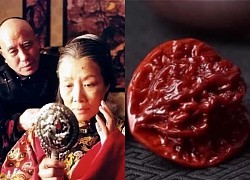 JLO18:11:02 07/10/2023Empress Dowager Cixi was one of the powerful representatives of the Qing Dynasty. She always had a different lifestyle and set very high standards with them. However, it is undeniable that she has an extremely extensive amount of knowledge when setting those requirements.
JLO18:11:02 07/10/2023Empress Dowager Cixi was one of the powerful representatives of the Qing Dynasty. She always had a different lifestyle and set very high standards with them. However, it is undeniable that she has an extremely extensive amount of knowledge when setting those requirements.

3 | 0 Discuss | Share
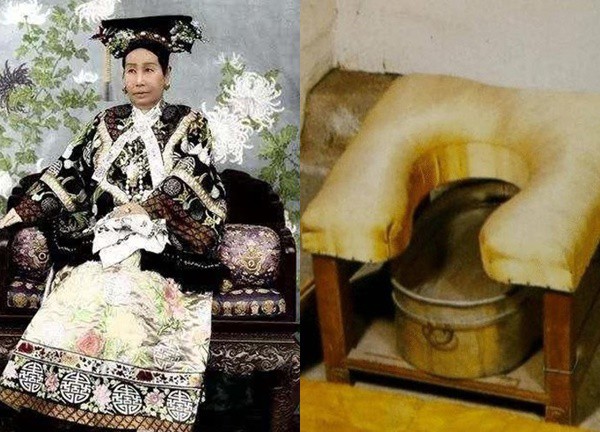
4 | 0 Discuss | Share
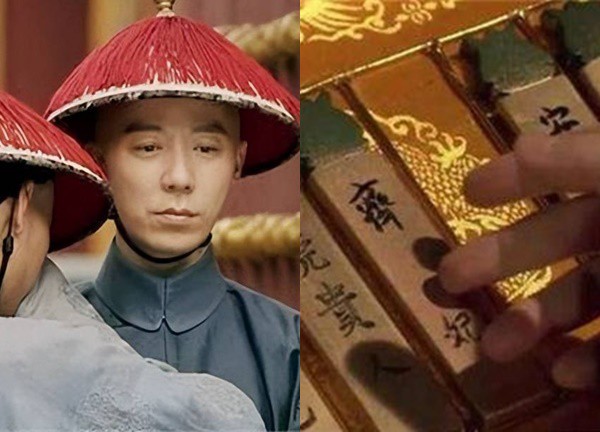
5 | 0 Discuss | Share
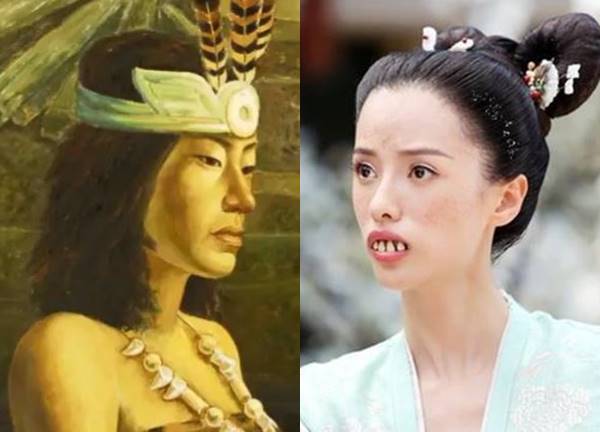
5 | 0 Discuss | Share
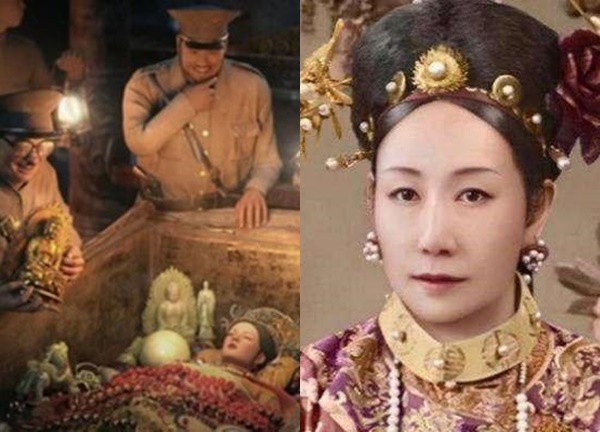
4 | 0 Discuss | Share
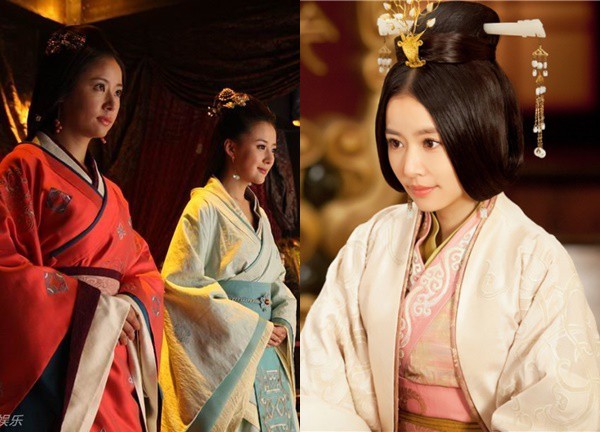
4 | 0 Discuss | Share
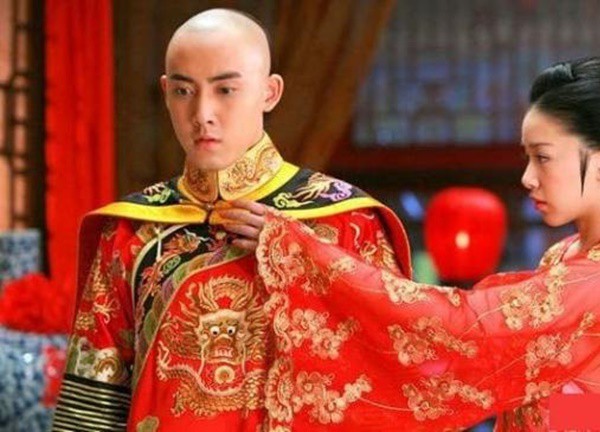
5 | 0 Discuss | Share
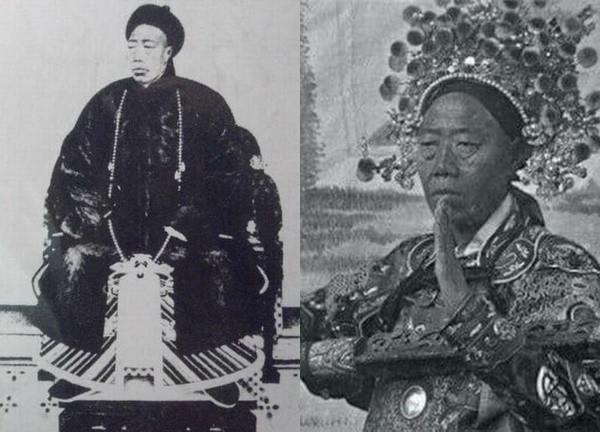
5 | 0 Discuss | Share
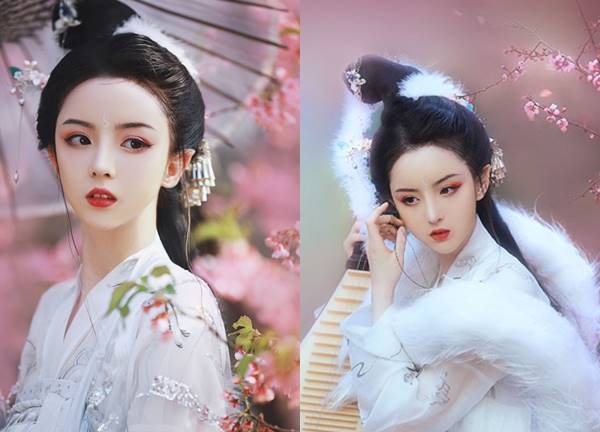
3 | 0 Discuss | Share
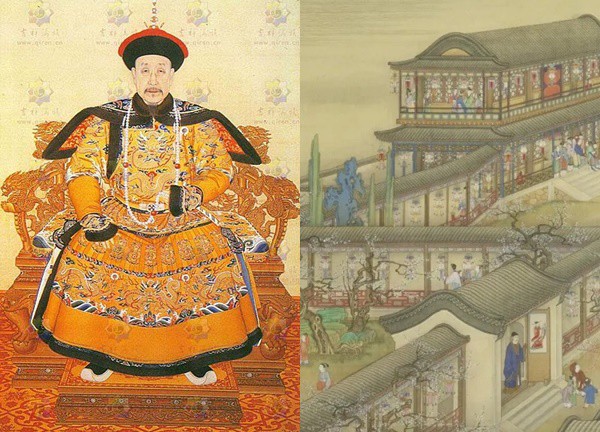
3 | 0 Discuss | Share
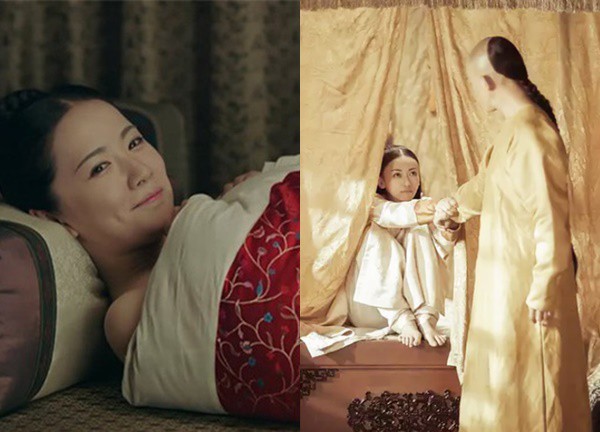
3 | 0 Discuss | Share
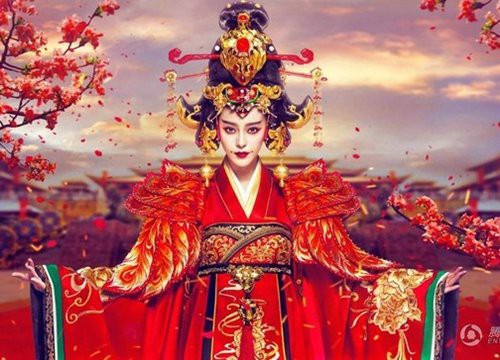
5 | 0 Discuss | Share


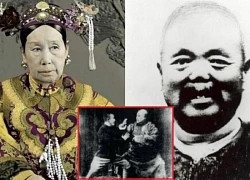
3 | 0 Discuss | Report